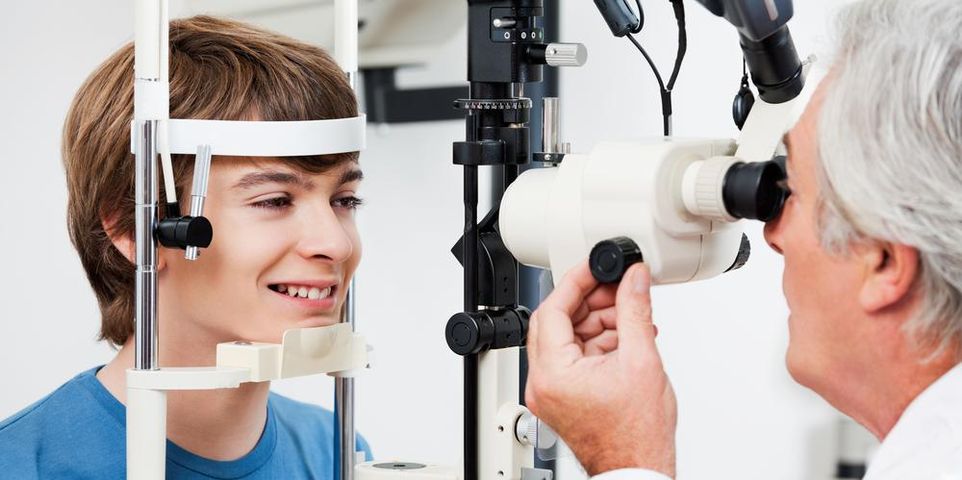
Glaucoma is an eye disease that damages optic nerves and puts pressure on the eyeballs, resulting in gradual vision loss. The disease is the second-leading cause of blindness in the United States and comes in various forms. Symptoms depend on the type of glaucoma you have, so glaucoma screenings are recommended as part of routine eye exams. Learn about these symptoms below.
How to Recognize the Symptoms & Different Types of Glaucoma
Open-Angle
 This type of eye problem usually displays symptoms in its final stages. It begins with peripheral vision loss, such as patchy blind spots on the sides of both eyes. Such blind spots may also be present in central vision. Loss of vision sharpness occurs as the diseases progresses.
This type of eye problem usually displays symptoms in its final stages. It begins with peripheral vision loss, such as patchy blind spots on the sides of both eyes. Such blind spots may also be present in central vision. Loss of vision sharpness occurs as the diseases progresses.
Acute Angle-Closure
Also called narrow-angle glaucoma, symptoms include eye pain, severe headaches, eye redness, nausea, vomiting, blurred vision, and halos around the eyes. Sudden sight loss can also occur.
Congenital
Congenital glaucoma is present in newborns. Symptoms emerge within a child’s first few years of life and can include watery eyes, sensitivity to light, and cloudy eyes. The eyes may also appear larger than normal because of an increase in pressure. Babies with this condition often rub their eyes or keep them closed.
Recommended Screenings
Glaucoma screenings are recommended every four years after you turn 40, whether you have symptoms or not. If your risk is higher due to age, heredity, or potential symptoms, screenings are suggested every two years.
Discuss the best glaucoma screening plan for you with Dr. Ron Sealock. The renowned eye doctor proudly serves the Dothan, AL, area and provides quality care for the whole family. Glasses and contact lenses are readily available, as well as eye exams and disease screenings. Call (334) 793-9607 to schedule an appointment or visit Dr. Ron Sealock online for more information.
About the Business
Have a question? Ask the experts!
Send your question

